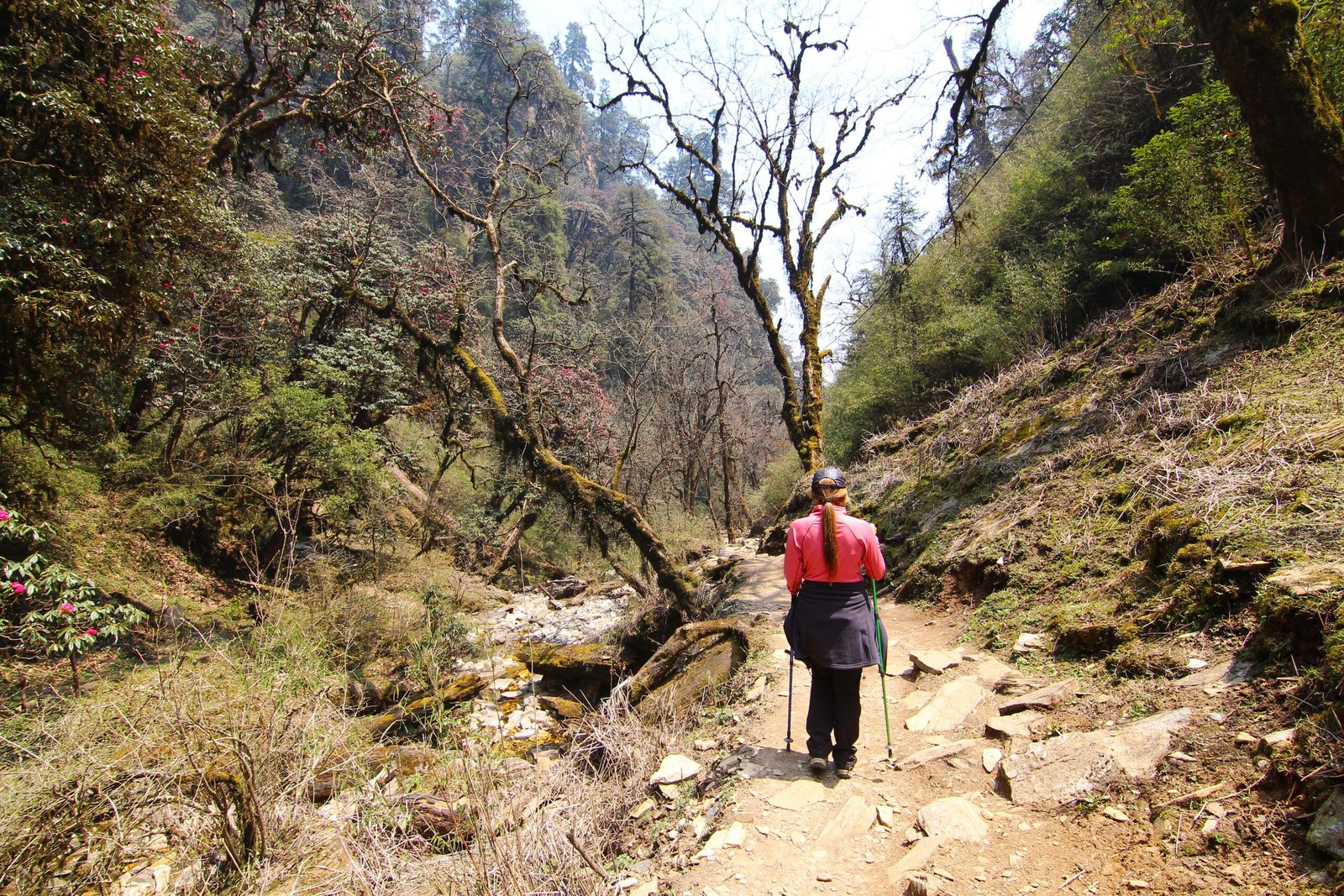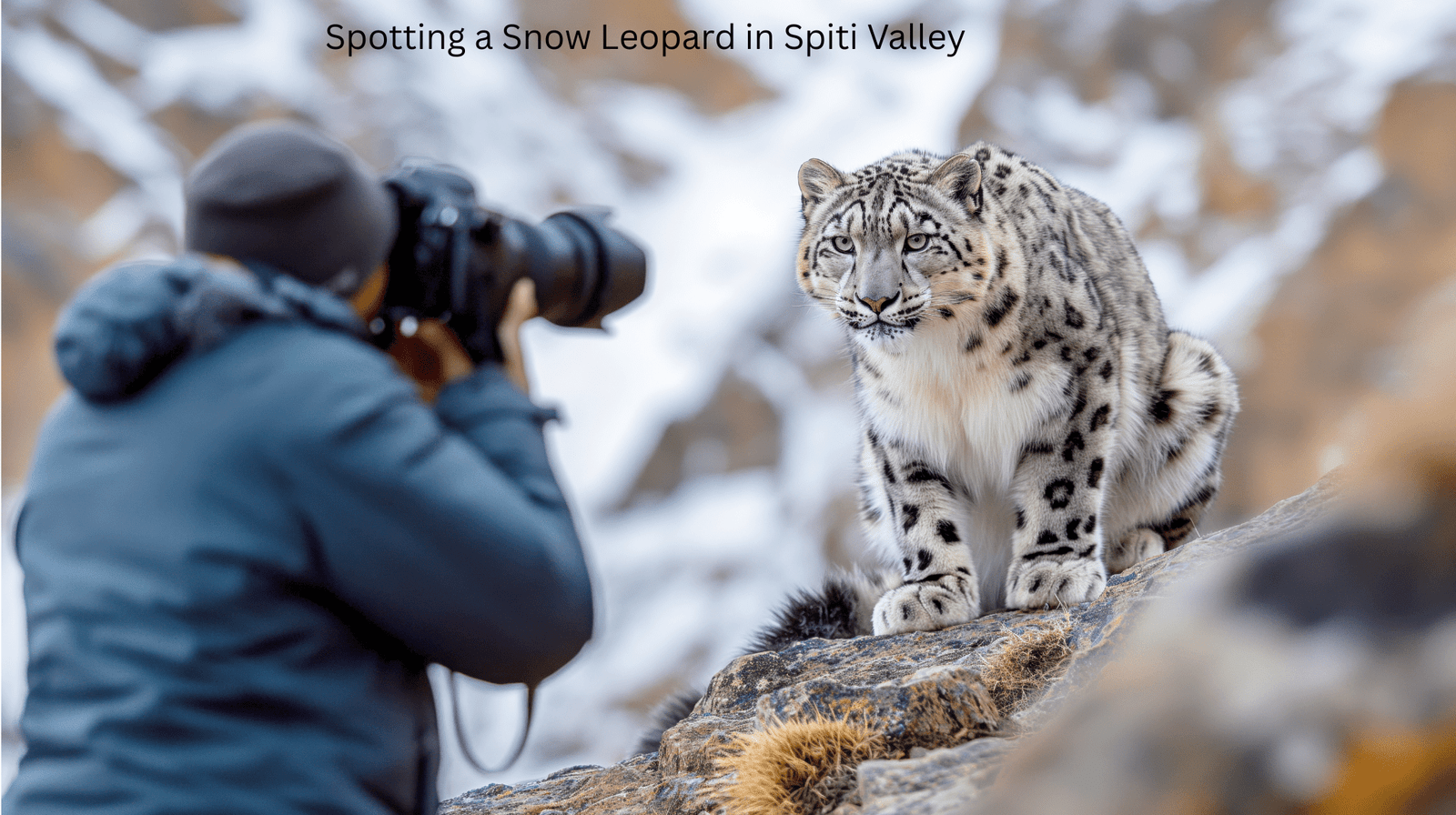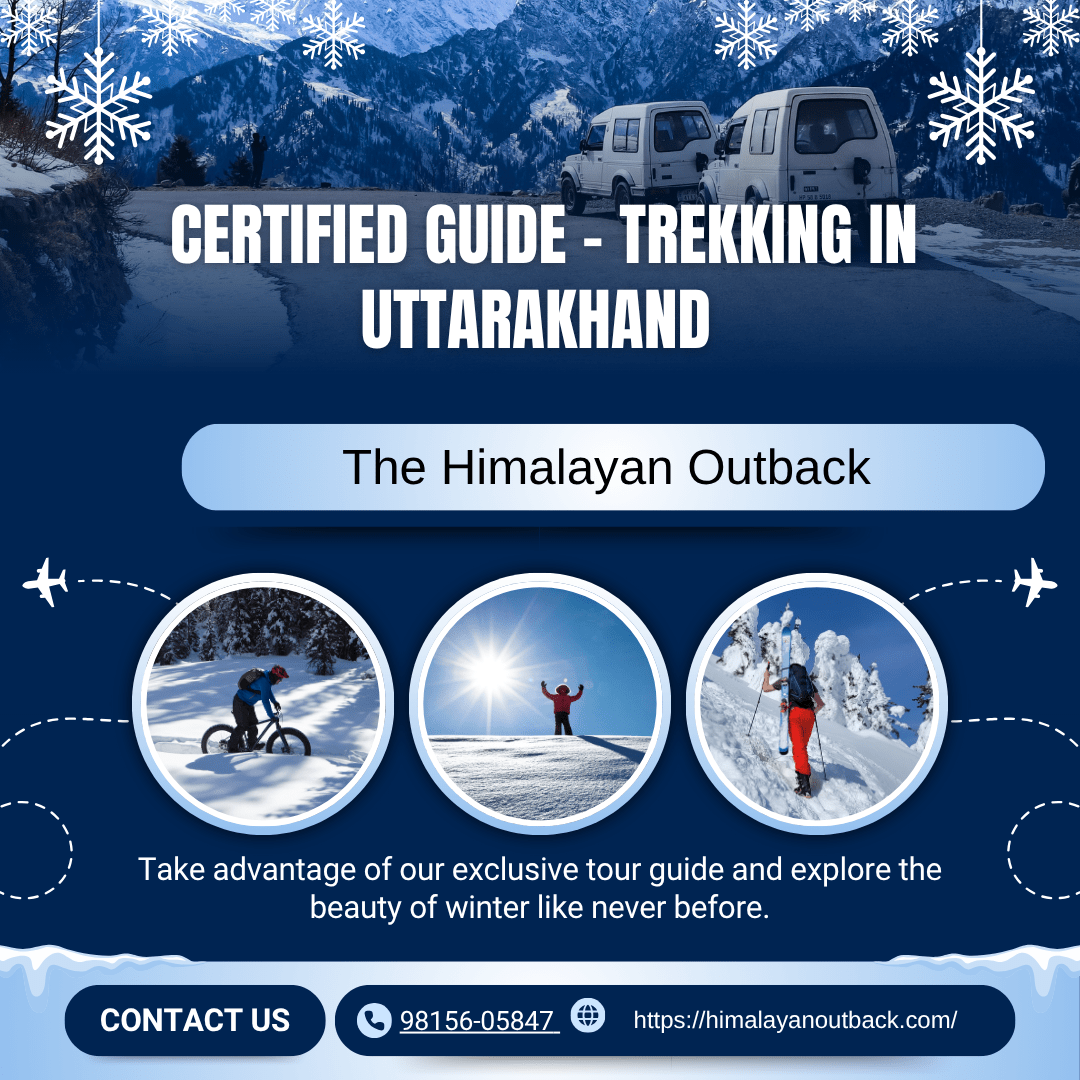India beckons adventure seekers with some of the world’s most spectacular trekking destinations. From the snow-capped Himalayan peaks to the verdant Western Ghats, the subcontinent offers diverse landscapes that promise unforgettable experiences for every type of trekker.
Whether you’re a weekend warrior seeking your first mountain adventure or a seasoned explorer ready to tackle challenging high-altitude routes, India’s trekking trails deliver breathtaking scenery, rich cultural encounters, and personal transformation. This comprehensive guide will take you through the best regions for trekking in India, essential preparation tips, and what makes each destination unique.
Get ready to discover why millions of adventurers consider India their ultimate trekking playground.
The Mighty Himalayas: Crown Jewel of Trekking in India
The Himalayas dominate India’s northern landscape, offering the most diverse and challenging trekking experiences in the country. These ancient mountains span across several states, each providing distinct adventures and cultural immersion.
Uttarakhand: The Land of Gods
Uttarakhand stands as India’s premier trekking destination, home to some of the most iconic trails in the Himalayas. The state offers everything from gentle meadow walks to technical high-altitude climbs.
The legendary Roopkund trek challenges adventurers with its mysterious skeletal lake surrounded by towering peaks. This moderate-to-difficult trek takes you through oak forests, alpine meadows, and finally to the haunting glacial lake at 16,470 feet.
For those seeking floral paradise, the Valley of Flowers trek transforms into a UNESCO World Heritage wonderland during monsoon season. Vibrant alpine blooms carpet the valley floor, creating one of nature’s most spectacular displays.
Himachal Pradesh: Adventure Playground
Himachal Pradesh provides excellent entry-level treks alongside challenging expeditions. The state’s well-developed trekking infrastructure makes it perfect for beginners looking to experience trekking in India safely.
Popular routes include the Triund trek near McLeod Ganj, offering stunning Dhauladhar range views, and the more challenging Hampta Pass trek, which showcases dramatic landscape transitions from lush valleys to barren moonscapes.
Ladakh: The Land of High Passes
Ladakh presents some of India’s most demanding yet rewarding treks. The high-altitude desert landscape creates surreal beauty that photographers and adventurers find irresistible.
The Stok Kangri expedition attracts serious mountaineers seeking to summit one of Ladakh’s highest peaks at 20,187 feet. This technical climb requires excellent fitness and acclimatization but rewards climbers with panoramic Himalayan views.
Western Ghats: Southern India’s Green Paradise
The Western Ghats offer a completely different trekking experience from their northern counterparts. These ancient mountains feature lush tropical forests, cascading waterfalls, and unique biodiversity that earned them UNESCO World Heritage status.
Karnataka’s Hill Country
Karnataka’s portion of the Western Ghats includes popular destinations like Coorg and Chikmagalur. The region’s coffee plantations create a aromatic backdrop for gentle treks through spice gardens and misty hills.
Kudremukh National Park offers more challenging routes through pristine forests where trekkers might spot elephants, leopards, and endemic bird species. The distinctive horse-face shaped peak provides excellent photo opportunities.
Maharashtra’s Fort Treks
Maharashtra combines trekking with historical exploration through its numerous hill forts. These Maratha-era strongholds perch dramatically on rocky outcrops, creating exciting scrambling opportunities.
The Harishchandragad trek challenges adventurers with its vertical rock faces and hidden caves. The famous Konkan Kada cliff offers heart-stopping views for those brave enough to peer over the edge.
Kerala’s Spice Mountains
Kerala’s Western Ghats section features the highest peaks in South India. The Meesapulimala trek takes you to elevations above 8,000 feet, where rolling grasslands stretch to the horizon.
These mountains shelter tea and spice plantations that have operated for centuries. Trekkers often encounter local workers harvesting cardamom, pepper, and other valuable crops along the trails.
Northeast India: The Hidden Gem
The northeastern states represent India’s final trekking frontier. These remote regions offer pristine wilderness, unique cultures, and landscapes unlike anywhere else in the country.
Sikkim: Rhododendron Kingdom
Sikkim packs incredible diversity into its small territory. The state hosts over 600 orchid varieties and vast rhododendron forests that bloom spectacularly each spring.
The Goechala trek provides close-up views of Kanchenjunga, the world’s third-highest mountain. This challenging route passes through multiple climate zones, from subtropical forests to alpine meadows and glacial moraines.
Trekkers often spot rare wildlife including red pandas, snow leopards, and Himalayan black bears. The region’s Buddhist culture adds spiritual depth to the mountain experience.
Arunachal Pradesh: The Land of Dawn-Lit Mountains
Arunachal Pradesh remains one of India’s least explored states, offering genuine wilderness experiences. The Mechuka Valley trek introduces adventurers to remote tribal communities and untouched landscapes.
This frontier region requires special permits but rewards visitors with encounters virtually unchanged by modern development. Traditional villages, ancient monasteries, and pristine rivers create magical trekking experiences.
Meghalaya: Land of Clouds
Meghalaya’s unique geography creates some of India’s most unusual trekking opportunities. The state receives massive monsoon rainfall that carves dramatic canyons and creates spectacular waterfalls.
The living root bridges trek showcases incredible bioengineering by local Khasi tribes. These structures, grown from rubber tree roots over decades, span rushing rivers and remain stronger than steel bridges.
Essential Preparation for Trekking in India
Success and safety while trekking in India require proper preparation across multiple areas. Physical fitness, gear selection, and cultural awareness all contribute to memorable experiences.
Physical Conditioning
Most Indian treks demand excellent cardiovascular fitness and leg strength. Start training at least two months before your planned departure with regular hiking, running, and strength exercises.
Focus on activities that simulate trekking conditions: climb stairs with a loaded backpack, hike on uneven terrain, and gradually increase your daily walking distance. Your preparation intensity should match your chosen trek’s difficulty level.
Gear Essentials
Indian mountain weather can change rapidly, requiring versatile equipment. Layered clothing systems work best, allowing quick adjustments as conditions shift throughout the day.
Essential items include waterproof shells, insulating layers, sturdy trekking boots, and reliable headlamps. Quality gear makes the difference between enjoyable adventures and survival ordeals.
High-altitude treks require specialized equipment like mountaineering boots, crampons, and sleeping bags rated for extreme cold. Don’t compromise on safety equipment—your life may depend on it.
Cultural Sensitivity
Trekking in India means entering communities with ancient traditions and religious beliefs. Respect local customs by dressing modestly, asking permission before photographing people, and following guide instructions about sacred sites.
Many trekking regions depend on tourism income, so supporting local businesses benefits entire communities. Choose locally-owned accommodations, hire regional guides, and purchase supplies from village shops when possible.
Best Seasons for Different Regions
Timing your trek correctly ensures optimal weather conditions and trail accessibility. India’s diverse climate zones require different planning approaches.
Himalayan Seasons
Most Himalayan treks operate during two main seasons: pre-monsoon (April-June) and post-monsoon (September-November). These periods offer clear skies, stable weather, and accessible trails.
Winter trekking (December-March) appeals to experienced adventurers seeking solitude and snow-covered landscapes. However, extreme cold and avalanche risks require advanced skills and specialized equipment.
Western Ghats Timing
The Western Ghats shine during cooler months (October-March) when temperatures remain comfortable and rainfall stays minimal. The post-monsoon period (October-December) offers lush vegetation and full waterfalls.
Avoid monsoon season (June-September) unless specifically seeking waterfall treks. Heavy rainfall creates dangerous conditions including landslides and river crossings.
Safety Considerations
Mountain environments present inherent risks that require constant awareness and preparation. Understanding common hazards helps prevent accidents and ensures everyone returns home safely.
Altitude Sickness Prevention
High-altitude treks above 8,000 feet risk altitude sickness, which can become life-threatening if ignored. Ascend gradually, allowing proper acclimatization time at intermediate elevations.
Recognize early symptoms including headaches, nausea, and fatigue. Severe cases require immediate descent regardless of trek progress. No summit is worth risking permanent injury or death.
Weather Hazards
Mountain weather changes rapidly, turning pleasant conditions dangerous within hours. Monitor forecasts closely and prepare for temperature drops, sudden storms, and reduced visibility.
Hypothermia remains a serious threat even during warmer months due to elevation and wind exposure. Proper clothing and shelter knowledge become crucial survival skills.
Frequently Asked Questions
What fitness level do I need for trekking in India?
Fitness requirements vary dramatically based on trek difficulty. Easy trails require basic walking fitness, while technical climbs demand excellent cardiovascular health and strength training. Start preparing at least two months in advance with regular hiking and cardio exercises.
Do I need permits for trekking in India?
Many popular trekking areas require permits, especially in border regions like Ladakh, Sikkim, and Arunachal Pradesh. Check current requirements well in advance, as permit processing can take several weeks. Your trekking operator typically handles these arrangements.
What’s the best time of year for trekking in India?
Optimal timing depends on your chosen region. Himalayan treks work best during pre-monsoon (April-June) and post-monsoon (September-November) seasons. Western Ghats offer excellent conditions from October through March. Avoid monsoon season (June-September) except for specific waterfall treks.
How much does trekking in India cost?
Costs vary widely based on trek difficulty, duration, and service levels. Budget treks start around $20-30 per day, while premium expeditions can exceed $100 daily. Factor in permits, gear, transportation, and guide services when calculating total expenses.
Is it safe to trek alone in India?
Solo trekking requires advanced experience and carries additional risks. Most regions recommend hiring local guides who understand weather patterns, route conditions, and emergency procedures. Group treks offer safety, camaraderie, and shared costs for most adventurers.
Your Next Adventure Awaits
Trekking in India offers transformative experiences that extend far beyond physical challenges. These ancient mountains and forests provide opportunities for personal growth, cultural immersion, and natural wonder that create lifelong memories.
Whether you choose the towering Himalayas, lush Western Ghats, or mysterious Northeast regions, proper preparation and respect for local environments ensure safe and meaningful adventures. Start planning your Indian trekking journey today—the mountains are calling, and extraordinary experiences await those brave enough to answer.
Research your chosen destination thoroughly, invest in quality gear, and consider joining organized groups for your first Indian trekking experiences. The subcontinent’s incredible diversity means every trek offers something unique, from spiritual insights to adrenaline-pumping challenges.





